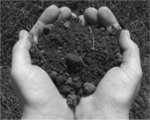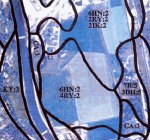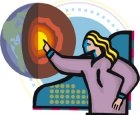
Worksheets and No Prep Teaching Resources
Reading Comprehension Worksheets
Soil
Earth Science

Soil
 Worksheets and No Prep Teaching Resources Reading Comprehension Worksheets Soil Earth Science |
 Soil |
| edHelper's suggested reading level: | grades 9 to 10 | |
| Flesch-Kincaid grade level: | 9.25 |
|
Mapping Rocks and Soil
By Trista L. Pollard |

|
 1 If the Earth's surface changes, you can bet a cartographer will be there to map it. History tells us that maps are used mostly for navigation. However, scientists have found ways to incorporate maps into their studies about the Earth's rock formations and soil composition.
1 If the Earth's surface changes, you can bet a cartographer will be there to map it. History tells us that maps are used mostly for navigation. However, scientists have found ways to incorporate maps into their studies about the Earth's rock formations and soil composition. |
Create Weekly Reading Books
Prepare for an entire week at once! |
| Leave your feedback on Mapping Rocks and Soil (use this link if you found an error in the story) |
 |
Soil
|
 |
Earth Science
|
 |
High School Reading Comprehensions and High School Reading Lessons
|
 |
Science
|